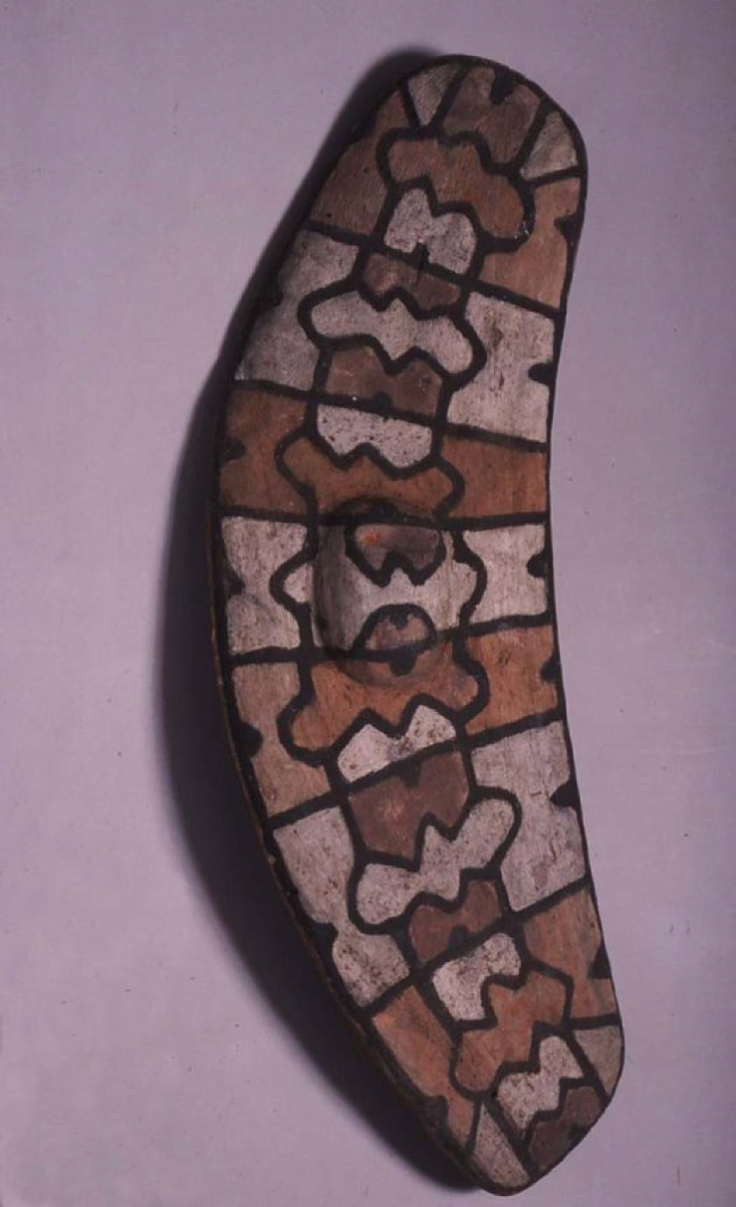By Nathan Sentance
The following is a list of a few hopes I have for the GLAMR profession and its collections in regards to First Nations Culture
I hope for First Nations people are seen as the owners of their own culture.
Many GLAMR institutions have valuable First Nations cultural heritage within their collections. However, this cultural heritage was often recorded by European Australians and as a result of this, these European Australians are deemed as the creators and copyright holders of this heritage. There are many examples of this, such as photographs or paintings of ceremonies, written recordings of First Nations Languages and government or anthropological research data and reports regarding First Nations families. Historically, much of this recording was done without consent of the First Nations people whose culture or themselves were the subject.
Thus, because of the Western ideals of copyright, First Nations people have little to no control of who accesses this cultural heritage and what they use it for. Meaning people can continue to use this cultural heritage for research with little input from the community from which the knowledge originates from.
This lack of acknowledgement of First Nations people owning their own culture, encourages the mindset that allows cultural appropriation to happen which can lead to a proliferation of simplified ideas of First Nations culture as well as provide little economic benefits to First Nations people themselves. If First Nations people aren’t recognised as owning their culture, then it anyone can own their culture.
As such, I hope in the future, GLAMR institutions will recognise First Nations people as the owners of their own culture and therefore seen as controllers of the cultural heritage in GLAMR collections that pertain to their culture.

I hope for all First Nations cultural objects in collections to be rightfully attributed.
I tweeted once that there is nothing sadder than seeing a First Nations cultural object in an exhibition with maker unknown written below it. However, I recently saw something that made me even sadder, that was a First Nations shield in which the inscription below it only described the White man who donated it to the collection. Not the First Nation community it came from or its importance and use in a certain First Nations cultural practice, just the White guy who collected it (probably by nefarious means) and donated it.
Thus, I hope in the future all First Nations cultural objects acknowledge the person who created it or at least the community they came from.
I hope GLAMR institutions facilitate historical pluralism.
Many of us acknowledge that historical narrative conveyed by GLAMR institutions has a Eurocentric bias. This narrative omits many First Nations perspectives as well as presents misrepresentations and inaccuracies of First Nations people, culture and history as the truth. The issue with this is that people perceive GLAMR institutions as holders of facts and therefore will accept the historical narrative conveyed by GLAMR as undeniable fact even though they are only getting one half of the story.
Because of this, I hope GLAMR institutions will allow for historical pluralism in their collections by capturing First Nations perspectives, voices and stories. Also, GLAMR institutions need to respect First Nations stories and present them as the same as collections about First Nations people, culture and history created by Europeans.
In addition to this, I hope GLAMR creates spaces for First Nations people to respond to collections and records to address what they see as inaccuracies. This would not only address the bias in collections, but also provide future researchers with more enhanced contextual information
I hope more First Nations people of this landmass join the GLAMR profession.
There is a lot of important work to be done in GLAMR profession in regards to First Nations culture. However, there are not many of us in this industry.
Therefore, I hope GLAMR can entice more young First Nations people into the profession and support their development. Additionally, as a semi-established First Nations GLAMR professional, I hope I can support new First Nations GLAMR professionals and make any battles they face less difficult.
Furthermore, I hope First Nations GLAMR professionals are not pigeonholed to only First Nations culture. I have heard stories of First Nations curators who work on First Nation exhibitions as they are personally connected, however are not given opportunities to work on other exhibitions. This is something that does not happen to curators of other backgrounds.
I hope First Nations science is no longer just a fascination.
First Nations science is science and should be seen as such. Nevertheless, historically, it has been denigrated and just as First Nations people have been seen as primitive, so has their science. However, there is much we can learn from First Nations science that can teach us about our country and ourselves.
As such, I hope GLAMR, particularly science museums, can portray First Nations science with the respect it deserves and to treat it as just as validate as Western science
I hope that intangible heritage is captured.
One of the reasons there are gaps in collections in regards to First Nations culture is because so much culture is manifested in methods that are not easily codified in the Western ways. These include, oral stories, dances, songs, and ceremonies.
I hope because of current (and future) technology, these previous manifestations of culture can now enter collections.
As you can see, I have many hopes for GLAMR in regards to First Nations culture. Alternatively, if these hopes are not strived for by GLAMR institutions, my greatest fear pertaining to GLAMR and First Nations culture may come true, and that is that nothing has or will change.

Leave a comment